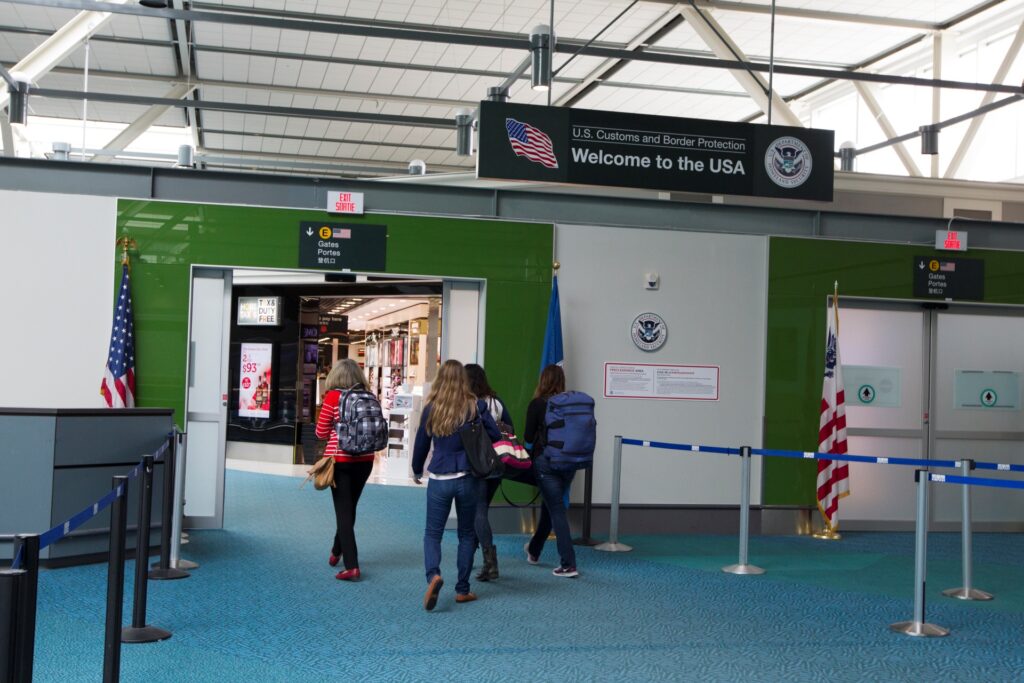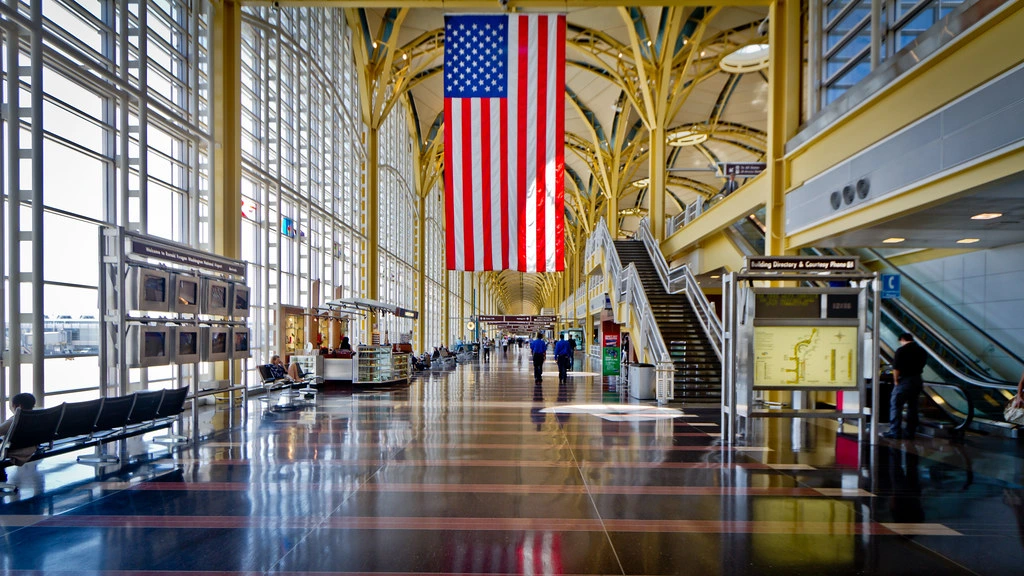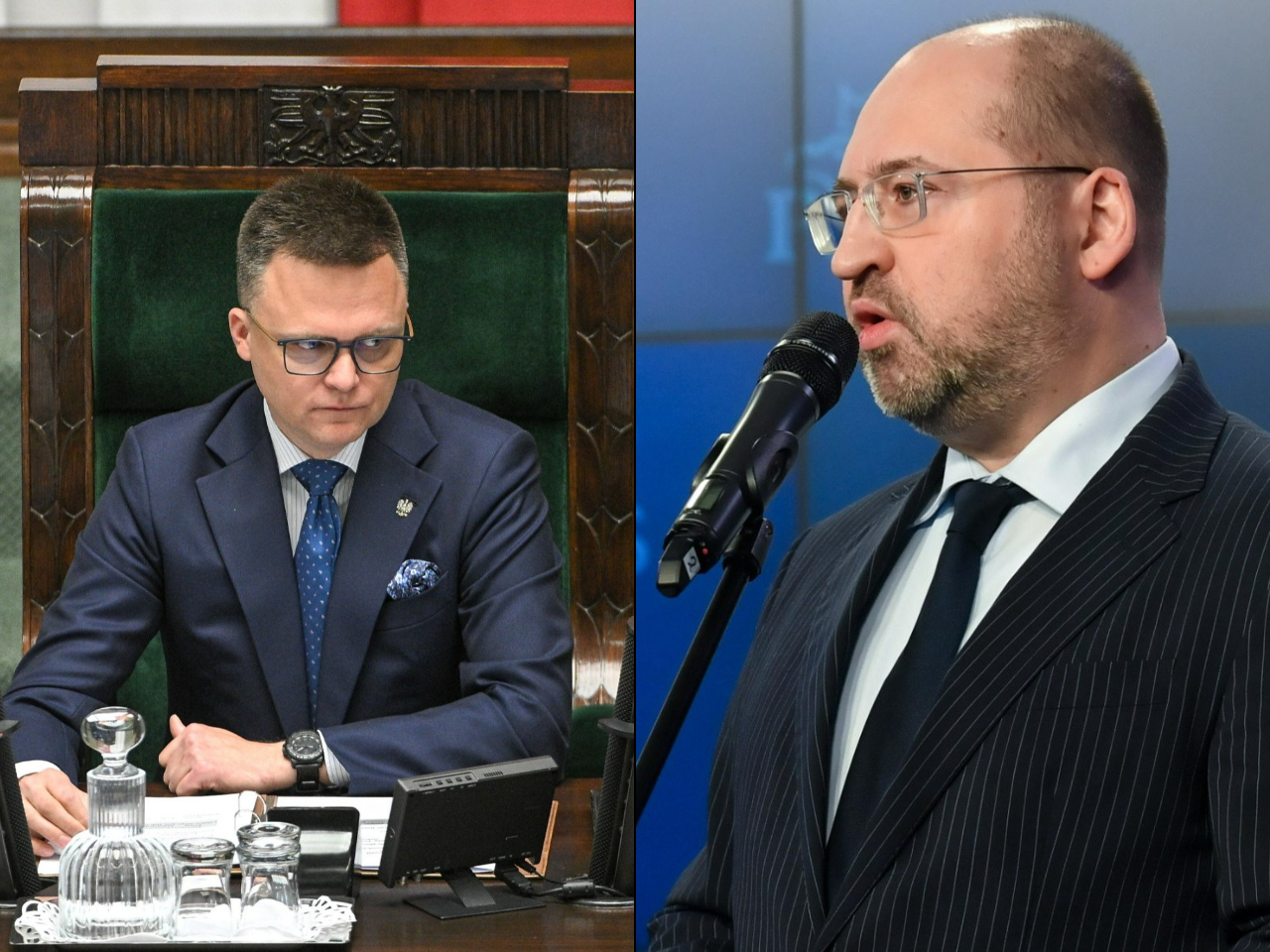
WASHINGTON, D.C. The United States (US) is doubling the cost of its Electronic System for Travel Authorization (ESTA) fee for travelers from Visa Waiver Program (VWP) countries, including the UK (LHR), Germany (FRA), Japan (NRT), and Australia (SYD). The new fee jumps from $21 to $40, impacting millions entering through key airports like New York (JFK) and Los Angeles (LAX).
Simultaneously, federal funding for Brand USA, the agency tasked with marketing the U.S. to international tourists, is being slashed by 80%. Combined with the fee increase, these changes signal a shift in U.S. tourism policy priorities.
 Photo: Canva
Photo: CanvaNew ESTA Fees and Policy Shifts
Under the One Big Beautiful Bill Act, the ESTA fee—required for nationals from 42 countries visiting the U.S. without a visa—is increasing from $21 to $40. This fee structure funds both travel authorization processing and broader U.S. government purposes:
- $10 allocated for administering the ESTA program.
- $13 directed to the U.S. general fund to aid federal deficit reduction.
- $17 earmarked for the Travel Promotion Fund, but transfers are now capped at $20 million annually, with any surplus redirected to the general fund.
An ESTA approval remains valid for two years, but the fee hike disproportionately impacts families and frequent travelers. For instance, a family of four now faces $160 in fees, compared to $84 previously.
Countries affected include the UK, Germany, France (CDG), Australia, New Zealand, Japan, South Korea, Singapore, Taiwan, and Qatar. Notably, Canada and Bermuda are exempt due to special entry arrangements.
In addition to higher fees, the U.S. continues to struggle with lengthy visa interview backlogs and perceptions of stringent entry processes. Collectively, these factors may deter international tourism, even though the fee increment alone is relatively modest compared to overall travel costs.
Over the next five years, the increased ESTA charges are expected to contribute $3.5 billion to the U.S. general fund, effectively making the ESTA not just an administrative tool but a significant tourism tax, View from the Wing reported.
 Photo: Customs and Border Protection
Photo: Customs and Border ProtectionBrand USA Funding Slashed by 80%
The same legislation drastically cuts federal support for Brand USA, the entity responsible for promoting the U.S. globally as a tourist destination. Federal funding, previously set at $100 million annually, is now reduced to $20 million through FY2027.
Brand USA, established under the Travel Promotion Act of 2009, operated through a public-private funding model. Federal contributions, sourced from ESTA fees, were traditionally matched by the private sector.
The sharp funding cut limits Brand USA’s marketing reach, particularly when many state and local tourism boards lack both accountability and impact in their promotional efforts.
While there’s no mandated reduction in private-sector contributions, the federal funding shortfall hampers the U.S.’s ability to compete with countries that heavily invest in tourism marketing.
 Photo: N i c o l a | Flickr
Photo: N i c o l a | FlickrIncreased Federal Rent from Washington D.C. Airports
Another financial maneuver within the bill targets Washington D.C.’s key airports: Washington Dulles International (IAD) and Ronald Reagan Washington National (DCA). Both airports are federally owned and leased to the Metropolitan Washington Airports Authority (MWAA).
Previously, MWAA paid $7.5 million annually in rent under a 1987 lease, a rate widely considered below market value. Although this lease was extended in 2024 through 2100, the new legislation overrides that agreement:
- Beginning in 2027, MWAA must pay $15 million annually, indexed for inflation.
- The lease terms must be renegotiated every 10 years, with each adjustment ensuring payments stay at or above 2027’s baseline value.
The clause was inserted by Senator Ted Cruz (R-TX) during committee drafting, aimed at increasing federal revenues. A proposed amendment by Senator Mark Warner (D-VA) to allocate this additional revenue to airport safety was narrowly defeated.
In 2023, MWAA’s total revenue surpassed $1.3 billion, with airport operations generating $849 million and the Dulles Corridor Enterprise Fund (toll road) contributing $206 million.
The new lease payments will marginally increase operating expenses—estimated at about 35 cents per passenger—but divert funds from potential airport capital improvements to the federal treasury.
 Photo: By dbking – originally posted to Flickr as _MG_4885, CC BY 2.0, https://commons.wikimedia.org/w/index.php?curid=8692060
Photo: By dbking – originally posted to Flickr as _MG_4885, CC BY 2.0, https://commons.wikimedia.org/w/index.php?curid=8692060Control of D.C. Airports
Built and originally operated by the Civil Aeronautics Administration and later the FAA, DCA (opened in 1941) and IAD (opened in 1962) transitioned to local control after the Metropolitan Washington Airports Act of 1986. This shift followed the Holton Commission’s 1984 recommendations.
However, governance reforms came after the 1991 Supreme Court ruling (Metropolitan Washington Airports Authority v. Citizens for the Abatement of Aircraft Noise), which dissolved a Congressional board that could veto MWAA decisions, citing a separation of powers violation.
With the new financial obligations, MWAA faces increased pressure to manage operations efficiently while sustaining infrastructure development amid redirected revenues.
Stay tuned with us. Further, follow us on social media for the latest updates.
Join us on Telegram Group for the Latest Aviation Updates. Subsequently, follow us on Google News
United States Adds $250 Visa Integrity Fee for International Travelers
The post Travel to Largest Economy in the World Gets 50% Costlier appeared first on Aviation A2Z.












